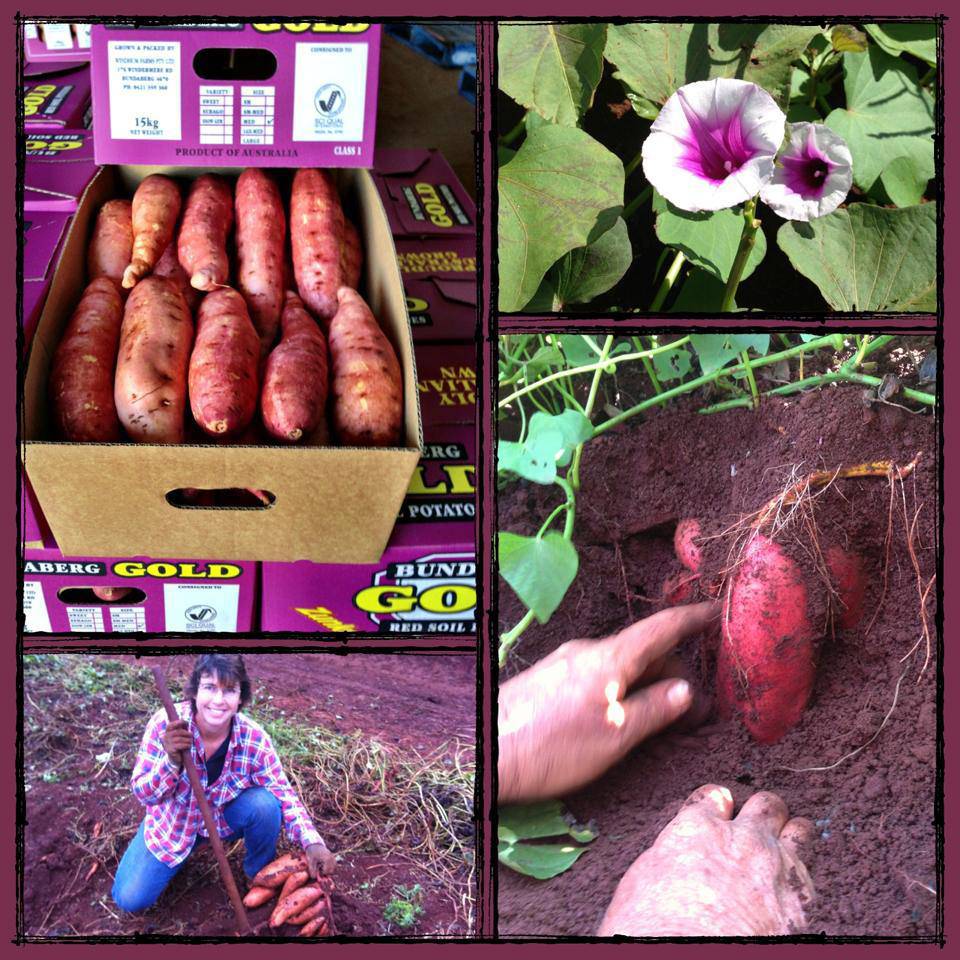

What Is A Sweet Potato?
A sweetpotato (Ipomoea batatas), is not just another variety of potato (Solanum tuberosum). While they are distantly related, sweetpotatoes require totally different growing conditions and growing practices and deliver quite a different taste and human nutrition profile.
History
Sweetpotatoes are one of the oldest known vegetable to man, and are native to Central and South America. In 1492, Christopher Columbus brought sweetpotatoes to Europe, and in the 16th century the Spanish brought them to the Philippines, as did the Portuguese to Africa, India, Indonesia and southern Asia.
Production
The sweet potato is cultivated in tropical and sub-tropical regions, and needs abundant sunshine. Exposure to temperatures below 13°C for several days or 3°C for one day will severely damage it.
It is mainly produced for its storage roots which are boiled, fried, roasted, stir-fried, pureed and juiced, but its leaves are also edible (unlike those of the potato which are toxic), and are rich in proteins, vitamins and various minerals. They can be eaten like spinach either boiled or stir-fried.
Both the storage root and the leaves are used for their medicinal properties and health benefits, but overall, the potential of sweet potato remains largely unknown.
According to the FAO, 115 countries produced 106,569,572 tons of sweet potatoes in 2010. However supply remains very concentrated, 82.3% of global production being in Asia.
World’s largest producer of sweetpotatoes by tonnes is China which produced 81,175,660 tonnes in 2010.
World’s largest exporter of sweetpotatoes by tonnes is United States exporting 97,194 Tonnes.
World’s largest importer is the United Kingdom importing 39,022 Tonnes.
How to Select and Store
Choose sweet potatoes that are firm and do not have any cracks, bruises or soft spots. Avoid those that are displayed in the refrigerated section of the produce department since cold temperature negatively alters their taste.
Sweet potatoes should be stored in a cool, dark and well-ventilated place, where they will keep fresh for weeks. Ideally, they should be kept out of the refrigerator in a cool, dry, dark place not above 15°C.


